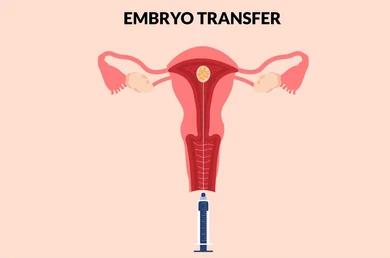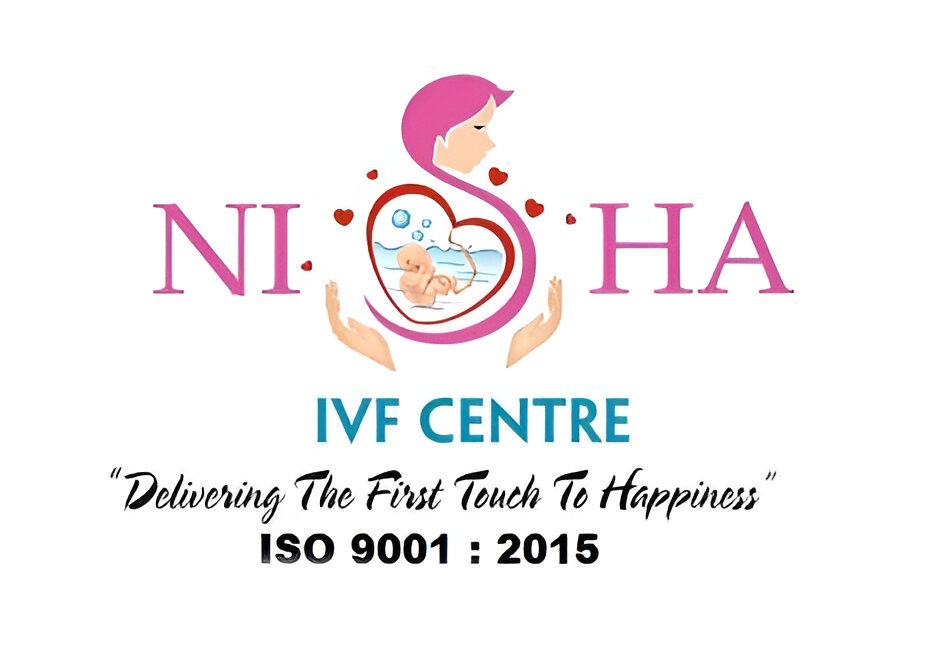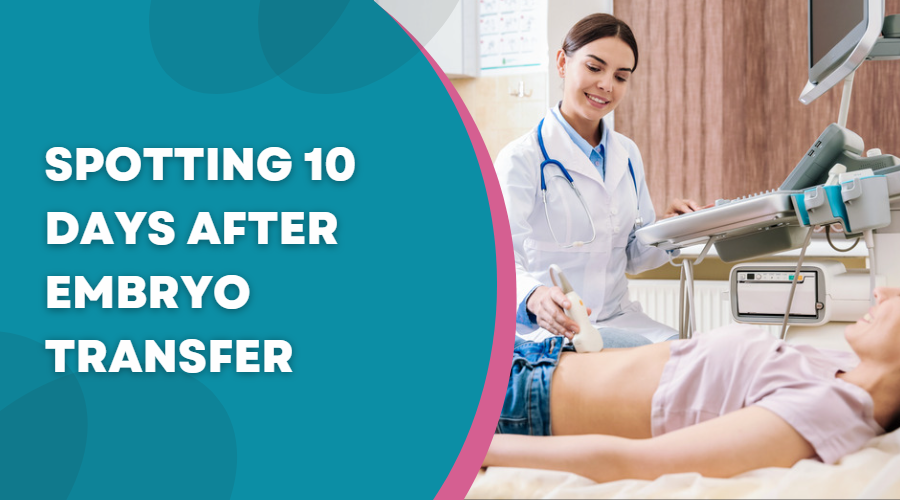Overview
Spotting 10 days after embryo transfer can be a source of concern for many undergoing IVF treatment. This symptom might emerge due to various factors ranging from normal implantation processes to potential complications. Understanding the nuances of this condition is crucial in managing expectations and next steps.
In this discussion, we’ll explore insights from Dr. Nisarg Patel, a fertility specialist with over 13 years of experience at Nisha IVF, a premier IVF Centre in Ahmedabad. His extensive background in reproductive medicine provides a well-rounded perspective on the implications of spotting during this critical phase of IVF.
Concerned about spotting? What does this mean for your IVF journey?
10 Days After Embryo Transfer: Spotting and What It Means

Bleeding post embryo transfer at this stage can be perplexing. As a seasoned IVF doctor in Ahmedabad, Dr. Nisarg Patel explains, “Spotting 10 days after embryo transfer could be a mild sign of the embryo implanting into the uterine lining, or it could signal something more serious. Each case should be evaluated individually.” This scenario doesn’t always indicate a problem, but it should not be ignored, especially if accompanied by discomfort or other symptoms.
Understanding the potential causes and implications of bleeding 10 days after an IVF transfer is crucial. It can range from harmless spotting due to implantation to a sign of a more serious issue requiring immediate medical attention. Only a thorough examination can determine the exact cause. While spotting can be a normal part of the IVF process, any concerns should be promptly addressed by an IVF specialist.
Noticing unusual symptoms? What could be the reason for it?
Common Causes of Spotting

Spotting after embryo transfer can stem from various causes:
- Implantation Bleeding:This occurs when the embryo attaches itself to the uterine lining, which might cause light bleeding.
- Hormonal Fluctuations:Changes in hormone levels during IVF treatment can cause irregular bleeding or spotting.
- Infection:Any infection in the cervix or uterus can lead to spotting.
- Physical Stress:Intense physical activity or stress after embryo transfer can lead to spotting.
- Medication Side Effects:Certain medications used in IVF treatments can cause mild bleeding as a side effect.
- Ectopic Pregnancy: Though rare, an ectopic pregnancy can cause spotting and requires immediate medical attention.
Experiencing spotting? Connect with an IVF specialist to get insights and reassurance needed during this sensitive time.
What else might accompany spotting? Are there other symptoms to be aware of?
Other Symptoms

When spotting occurs, it might be accompanied by other symptoms that need attention:
- Cramping:Mild to moderate pelvic cramping can occur.
- Color Changes:The color of the blood (pink, red, or brown) can provide clues about the cause.
- Odor:An unusual odor can indicate an infection.
- Frequency:How often spotting occurs can also be a significant indicator.
- Intensity:The volume of blood should be monitored as excessive bleeding could be critical.
Unsure about the symptoms you’re experiencing? Seeking guidance from an IVF expert can help determine the right course of action.
Is bleeding 10 days after IVF transfer normal? Let’s find out.
Is Spotting 10 Days After Embryo Transfer Normal?
Spotting at this stage of IVF is not uncommon. It can often be a part of the normal implantation process. However, any spotting should be monitored. This is because variations in appearance, duration, and accompanying symptoms can offer important health cues.
It is necessary to keep track of any additional symptoms. It might suggest complications. Understanding when to seek help can make a significant difference in the outcome of your IVF treatment.
How can you manage spotting effectively? What steps should you take?
Managing Spotting
Effective management of spotting involves several key steps.
- Keeping a detailed record of the spotting, including timing, color, and amount.
- Reducing stress through relaxation techniques can help.
- Discuss with your doctor any potential effects your current medications might have.
- Limiting strenuous activities may reduce spotting.
Ensuring a balanced diet to support your body during IVF.
Conclusion
Understanding spotting 10 days after embryo transfer is important for anyone undergoing IVF. While it can be a sign of implantation, it is essential to monitor any symptoms closely and consult with a fertility expert if concerns arise.
At Nisha IVF, Dr. Nisarg Patel and his team are dedicated to providing comprehensive care and detailed explanations to their patients, ensuring that each step of the IVF process is as smooth and informed as possible. Their commitment to patient education and care makes them a trusted name in the field of reproductive health.
Frequently Asked Questions
When is Spotting Normal?
Slight spotting is typically normal during early pregnancy, due to hormonal changes, or after a medical exam.
How much spotting is normal in early IVF pregnancy?
Light spotting is common in early IVF pregnancy due to implantation and hormonal changes.
Can progesterone cause spotting?
Yes, progesterone can cause spotting, especially when used as part of hormonal therapy or in early pregnancy.
Do you bleed if embryo transfer fails?
Yes, bleeding can occur if an embryo transfer fails, often resembling a menstrual period.

